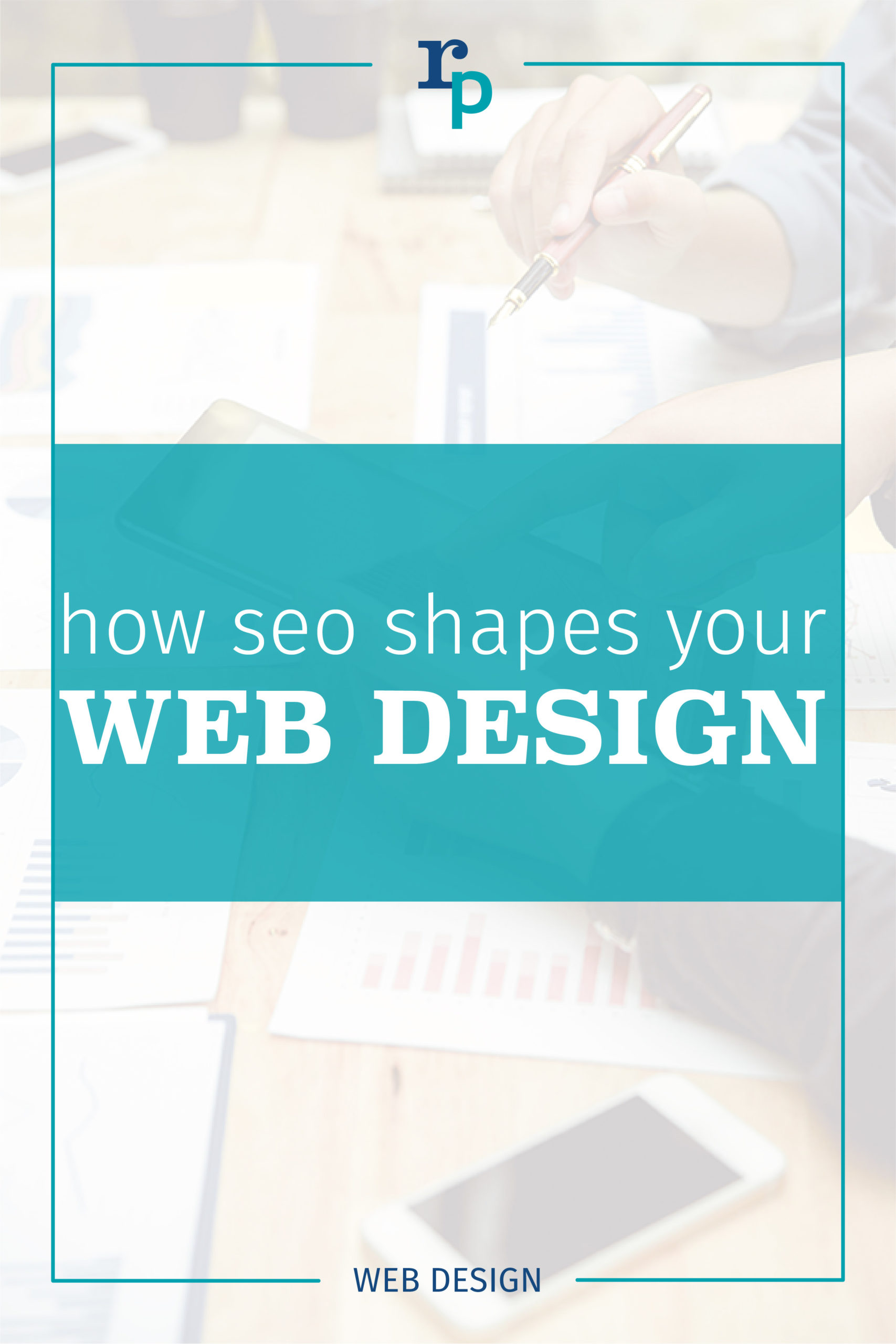How SEO Shapes Your Web Design
In web design, search engine optimization (SEO) shapes many of our choices, including important decisions about the look of a homepage. Some of today’s most popular web designs can actually hold your site down in the climb up search engine results pages. Most importantly, SEO will determine how long your page is and how much text must be on it.
People Prioritize Words
I think everyone looks at business websites like men supposedly shop. They have some idea of what they want already and want to get in and get out. So a billboard sized picture slideshow is totally lost on most people. In fact, one heatmap study showed that visitors passed over the big slider and went straight for the navigation bar. Your visitors want the words with the solution to their problem so they can get back to playing games on their phone.
Be kind to your customers with a homepage that quickly delivers what they want. Make your site navigation user friendly and straightforward. Good customer service is always good SEO. But if everyone’s looking at the navigation bar anyway, what do you do with the rest of the homepage?
Part of a solid SEO foundation is putting valuable words on your homepage in addition to persuasive images. Marty Weintraub looks for a minimum of 350 words, or about three paragraphs. Don’t go deep or technical, let interior pages fill that role. But write a brief introduction and a little variety of other content. I like the idea of displaying testimonials, the latest blog post or even a few FAQ entries.
Sounds like all that text will stifle your web designer’s creativity, right? And paragraphs of text seem to oppose the widescreen minimalism of cutting edge web designs, but you still need it. Probably.
How To Get Away With Having No Words On Your Homepage
There’s a select few who can survive with thin homepage content. They’re big names with big websites and that name recognition goes a long way. Those companies don’t need 350 words to explain their products and services because their audience (and Google) already knows the story. So the big guys get away with just a splashy image and some laser-targeted calls to action.
A big name business might also have tens, hundreds or thousands of pages (i.e.-blog posts) of valuable content built up over the years. Because these interior pages contain specific solutions and in-depth content, they show up high when visitors search for answers online. People don’t even see your homepage if their search turns up an interior page that answers their question. In the eye of Google, the SEO value of those deep pages adds to the whole website’s strength, whether the homepage has text or not.
If no one knows you, I’m sorry. You’ll have to find a place for those pesky words. But there are ways to have your cake and eat it too. All it takes is a little rule-breaking.
How To Use A Big Image And Still Have Words on Your Homepage
In olden times, Netizens across the land shuddered in fear of the fold. It’s an imaginary line drawn at the point where a user would have to scroll down to see the rest of a page. An unwritten rule developed that said homepages must not be longer than 700px, ensuring that all content was visible onscreen at once. Remember what AOL looked like? The short, fat look with paginated screens was defined by the fold.
That was then. Discussions still rage about the fold, but the bottom line is that it doesn’t matter (as much). Today, users are accustomed to scrolling and swiping to reveal additional content on apps and web pages. And the insane variety of device screen sizes ensures that the fold falls in too many places to try and account for. So I say, give it up.
Put a gonzo-sized image under the navigation bar if it makes sense for you. Make those first 700px really count with one killer image and punchy copywriting that tells your story in 140 characters or less. People who know you will still ignore that area and go for the navigation bar. But that image and its call to action can target first time visitors.
Then, use the area “below the fold” and below the big image for the intro paragraph and feature a variety of other text content like we talked about above. Yes, the overall homepage is longer, but it’s better for SEO and no one is truly bothered by scrolling anymore.
SEOing your site takes more than just some keyword research and an SEO-friendly homepage design. There’s a longer game to play with blogging, social media sharing and other tactics to account for. But your foundation starts on the homepage. Get creative within the constraints. Let good sense and solid strategy guide your design.
30 Days to Better SEO
This special course is brought to you by Digital Toolbox. Every day you will get an email with a quick tip, worksheet, podcast or short video. Learning SEO in little bites will help you develop a sustainable SEO maintenance routine for your website.

Call to Action Do’s and Don’ts
There is such a thing as a bad call to action The goal of any page on a website, whether it's the...
Let’s Talk Web Navigation
The Web Navigation Bar (aka, the nav & primary menu) The web navigation bar is a custom-built...
Rebrand with Design Thinking
What is design thinking and why is it so popular? Well, it's a process used to redefine problems...
Canning Cookies, Creating Cohorts: Google’s Advertising Shift, Explained
The devs over at Alphabet are not just trying to bolster their profit; they’re trying to make something that could be problematic better and more secure.
